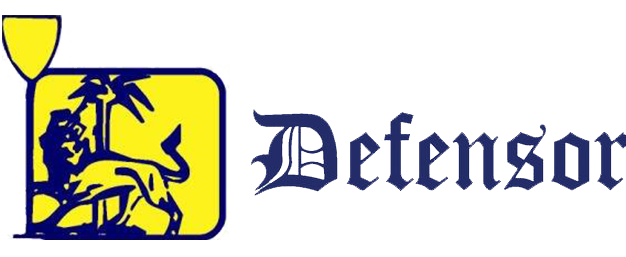Art. 63 of the decree, containing the health and safety requirements for the workplace, provides in paragraph 1 that “the workplace must comply with the requirements set out in Annex IV”.
The person responsible for ensuring that this takes place is, according to the subsequent Article 64, paragraph 1, the employer.
As we see for our purposes, the provisions contained in points 1.9.1.4 and 1.9.1.5., which have an evident “generic” character, are important because they are limited to enunciating a principle of conduct without providing the necessary technical specifications; specifications are detailed in the subsequent Guidelines of 7 February 2013
Rep. Acts no. 55/CSR
In order to technically specify the aforementioned provisions, the Ministry of Health subsequently issued three important texts in the form of Guidelines, then adopted by the Permanent Conference for relations between the State, Regions and the Autonomous Provinces of Trento and Bolzano.
The first of these regulatory texts, adopted at national level on 4 April 2000, read textually
“Guidelines for the Prevention and Control of Legionellosis”. It is important to read article 7, dedicated to the correct hygienic-sanitary maintenance to be implemented in water and air conditioning systems.
On the other hand, the second normative text mentioned, adopted on 27 September 2001 and published in the Official Journal, Ord. Supp. no. 276 on 11/27/20 01, contains the “Guidelines for the protection and promotion of health in confined environments”.
In this text, paragraph 5.3.1, which contains information about the hygienic requirements that air conditioning systems must necessarily have, assumes importance.
The third regulatory text mentioned, adopted on 5 October 2006, contains the “Scheme of guidelines for the definition of technical protocols for predictive maintenance on air conditioning systems”.
This text further specifies the hygienic requirements that air conditioning systems must have and defines the predictive maintenance operations to be carried out on the aforementioned systems.












